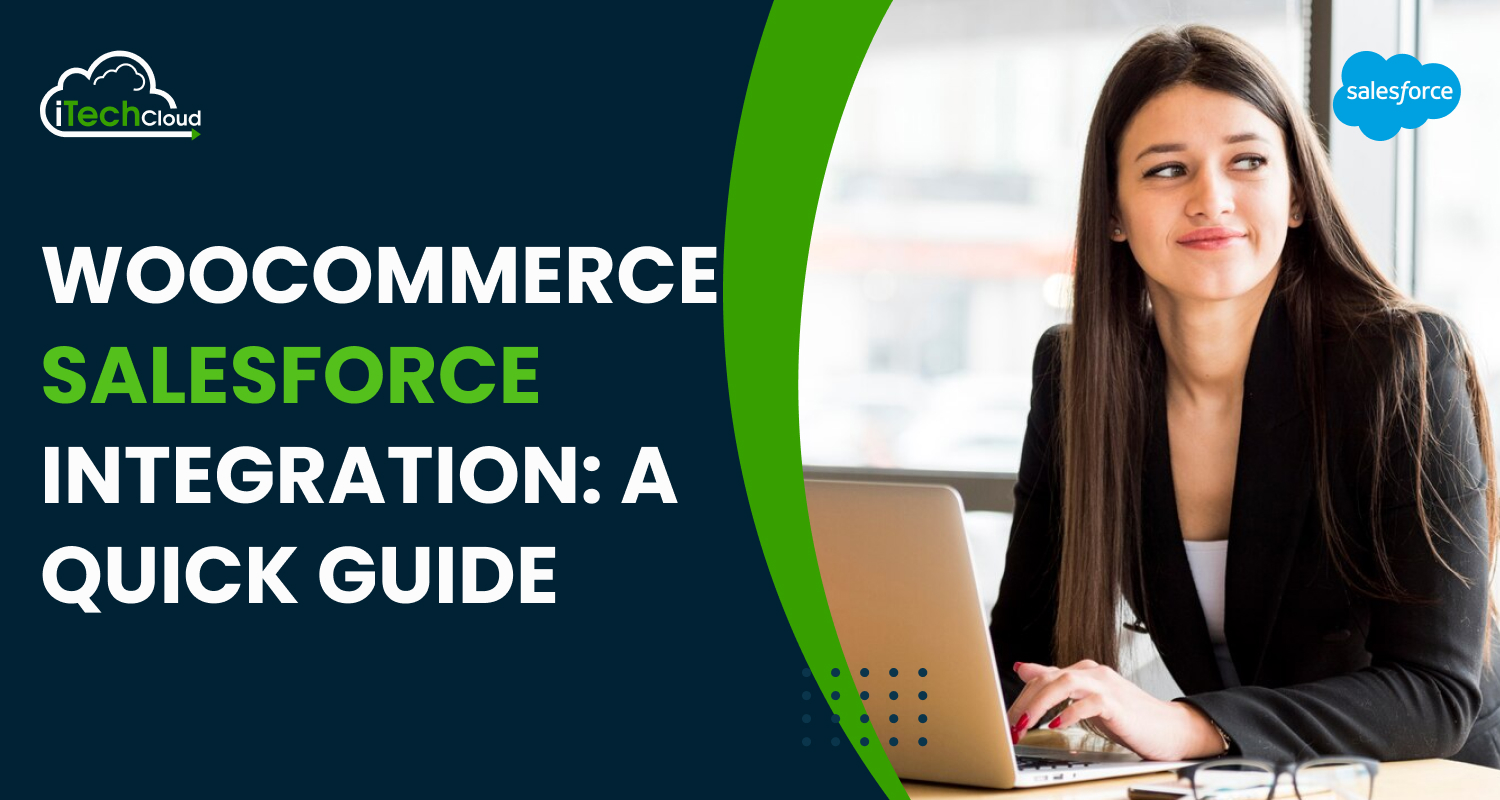WooCommerce is a powerful eCommerce platform built on WordPress, offering robust features for online store management. Salesforce, on the other hand, is a leading customer relationship management (CRM) platform that helps businesses streamline sales, marketing, and customer service operations. Integrating WooCommerce with Salesforce allows businesses to leverage the strengths of both platforms, enabling seamless data synchronization, automation, and improved customer engagement.
Why Integrate WooCommerce with Salesforce?
Integrating WooCommerce with Salesforce offers numerous advantages, including:
- Centralized Data Management – Sync customer, order, and product data for a holistic business view.
- Improved Sales and Marketing – Automate lead generation and manage customer interactions efficiently.
- Enhanced Customer Service – Access customer purchase history and preferences to provide better support.
- Automated Workflow – Reduce manual data entry, eliminating errors and saving time.
- Scalability – Manage business growth efficiently by streamlining data and operations.
Methods of WooCommerce Salesforce Integration
There are multiple ways to integrate WooCommerce with Salesforce:
1. Using Third-Party Plugins
Several plugins facilitate seamless integration between WooCommerce and Salesforce, including:
- WooCommerce Salesforce Connector – Developed by Webkul, it synchronizes WooCommerce data with Salesforce CRM.
- Zapier – A no-code automation tool that connects WooCommerce and Salesforce through workflows.
- Magenest WooCommerce Salesforce Integration – Helps automate customer, product, and order data transfer.
2. Using Salesforce APIs
For businesses that require a custom integration, Salesforce provides robust APIs, such as:
- REST API – Used for real-time data sync and automation.
- SOAP API – Ideal for complex integrations and bulk data processing.
- Bulk API – Efficient for handling large volumes of data.
3. Custom Development
For organizations with unique needs, hiring developers to create a custom integration ensures flexibility and tailored functionality.
Steps to Integrate WooCommerce with Salesforce
Step 1: Choose the Right Integration Method
Assess your business needs and technical capabilities to select the appropriate integration approach—plugin, API, or custom development.
Step 2: Install and Configure the Integration Tool
If using a plugin, install it from the WordPress plugin directory or purchase a premium solution. Configure it by linking your WooCommerce store with your Salesforce account.
Step 3: Map WooCommerce Data to Salesforce
Define how WooCommerce data (customers, orders, products) should be mapped to Salesforce objects such as leads, contacts, accounts, and opportunities.
Step 4: Automate Data Sync
Set up automatic synchronization rules to ensure real-time data updates between WooCommerce and Salesforce.
Step 5: Test the Integration
Run test transactions and validate that the data is correctly transferred to Salesforce.
Step 6: Monitor and Optimize
Regularly review integration performance and optimize workflows to ensure smooth operations.
Best Practices for WooCommerce Salesforce Integration
- Ensure Data Accuracy – Regularly validate and clean your data to avoid duplicates.
- Use Automation – Leverage Salesforce automation tools to streamline workflows.
- Monitor Performance – Keep track of integration performance and fix issues promptly.
- Enhance Security – Use secure authentication and encryption methods to protect data.
- Train Your Team – Educate your team on using the integrated system effectively.
Conclusion
WooCommerce Salesforce integration is a game-changer for businesses looking to enhance efficiency, automate processes, and improve customer relationships. By choosing the right integration method and following best practices, you can unlock new growth opportunities and streamline your eCommerce operations.


